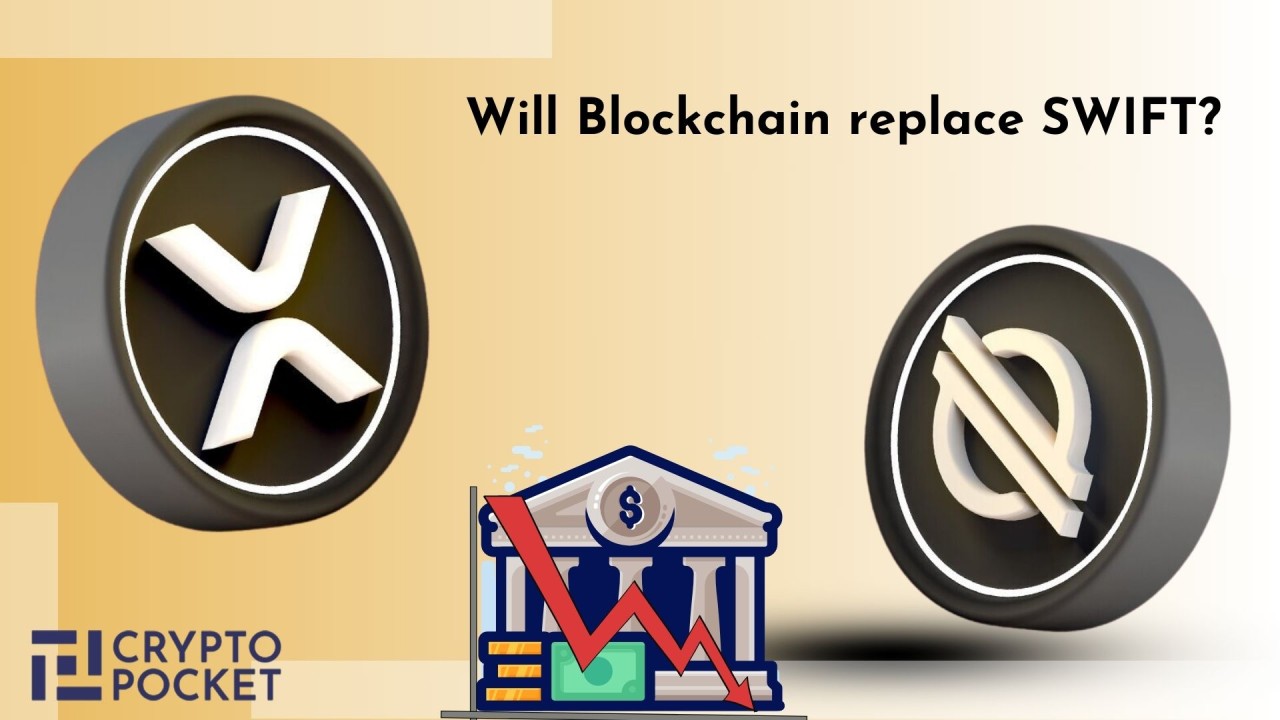Blockchain technology is revolutionizing international money transfers, offering a promising alternative to the SWIFT system, especially for institutional transfers. As the adoption of this technology grows, financial institutions are gradually evaluating its potential to replace a significant volume of transactions processed through the SWIFT system.
The SWIFT system (Society for Worldwide Interbank Financial Telecommunication), established in 1973, is a messaging system used by banks and financial institutions to carry out international fund transfers securely and efficiently. This system has become the global standard for financial communications among banks, operating through a secure messaging network that standardizes fund transfer instructions.
How a SWIFT Transfer Works
SWIFT transfers are conducted in three fundamental steps:
- SWIFT Message: The customer’s bank sends a SWIFT message to the receiving bank with complete details of the transfer.
- Routes and Gateways: The message may pass through several intermediary banks that act as gateways to correctly route the message.
- Confirmation and Settlement: The receiving bank verifies the transfer details and credits the funds to the recipient, completing the process with the financial settlement.
Advantages and Disadvantages of Blockchain Compared to SWIFT
Advantages of SWIFT: Its widespread adoption and recognition as an established standard are its main strengths, along with historically proven security of the system.
Disadvantages of SWIFT: Transfers can be slow and costly due to the involvement of multiple intermediaries.
Advantages of Blockchain:
- Speed: Transactions can be completed in minutes or even seconds.
- Costs: Generally lower, as they do not involve additional intermediaries.
- Security: Offers a high level of security and transparency thanks to its decentralized structure and advanced cryptography.
Disadvantages of Blockchain:
- Limited Adoption: Although it is growing, it is not yet widely adopted in the global financial system.
- Volatility: The cryptocurrencies used for transfers can be volatile.
- Regulation: There are regulatory challenges that might hinder its adoption.
How Money Transfers Work Using Blockchain Technology
We focus on Ripple (XRP) and Stellar (XLM), two main systems for international fund transfers:
- XRP (Ripple): Focuses on cross-border payment solutions for financial institutions, with settlement times of around 3-5 seconds and significant institutional adoption. However, it has been criticized for its relative centralization and dependence on financial institutions.
- XLM (Stellar): Promotes decentralization and financial inclusion, facilitating transfers between individuals and also between institutions. Although its institutional adoption is less than XRP’s, it is more decentralized and user-friendly for both developers and end-users.
Integration with the Traditional Financial World
The availability of XRP and XLM on decentralized exchange platforms (DEXs) and their inclusion on fiat on/off ramps like Cryptopocket allow for the merging of traditional financial world advantages with the benefits of new Blockchain technologies. This enables users to buy or sell these tokens directly in euros using traditional banking methods.


